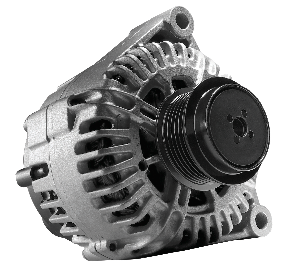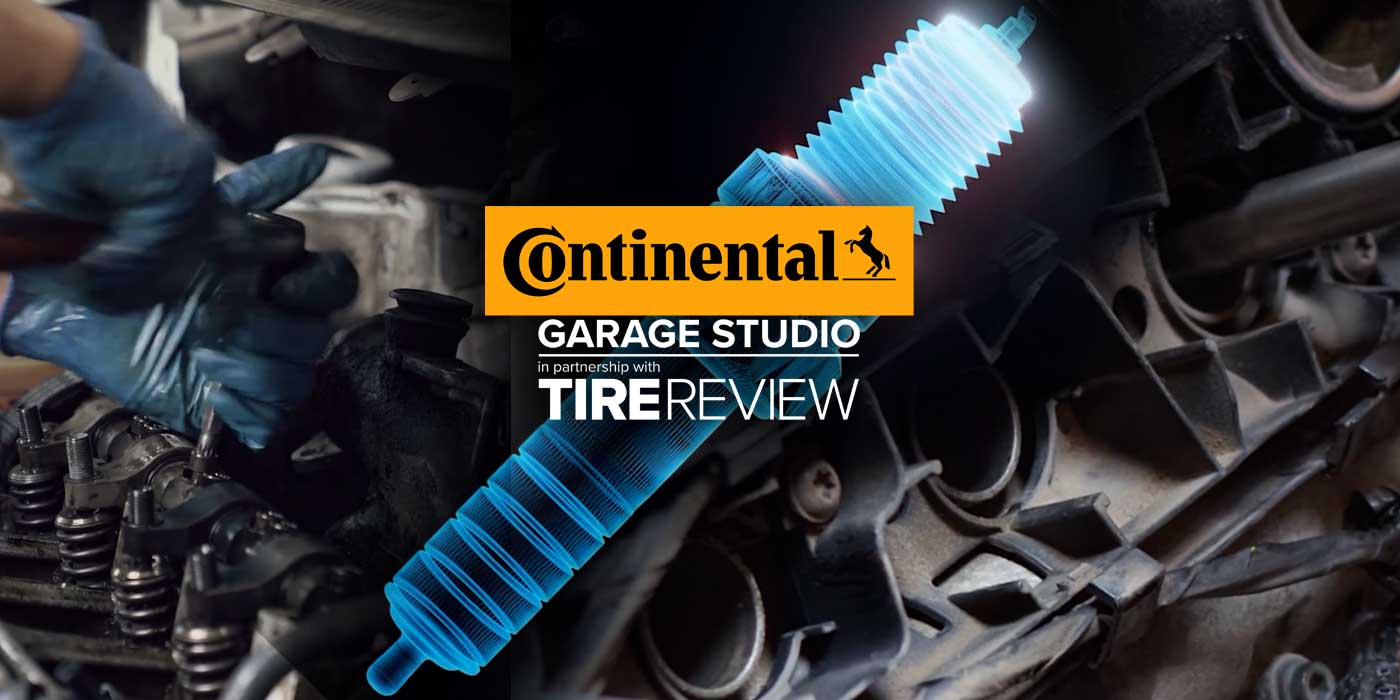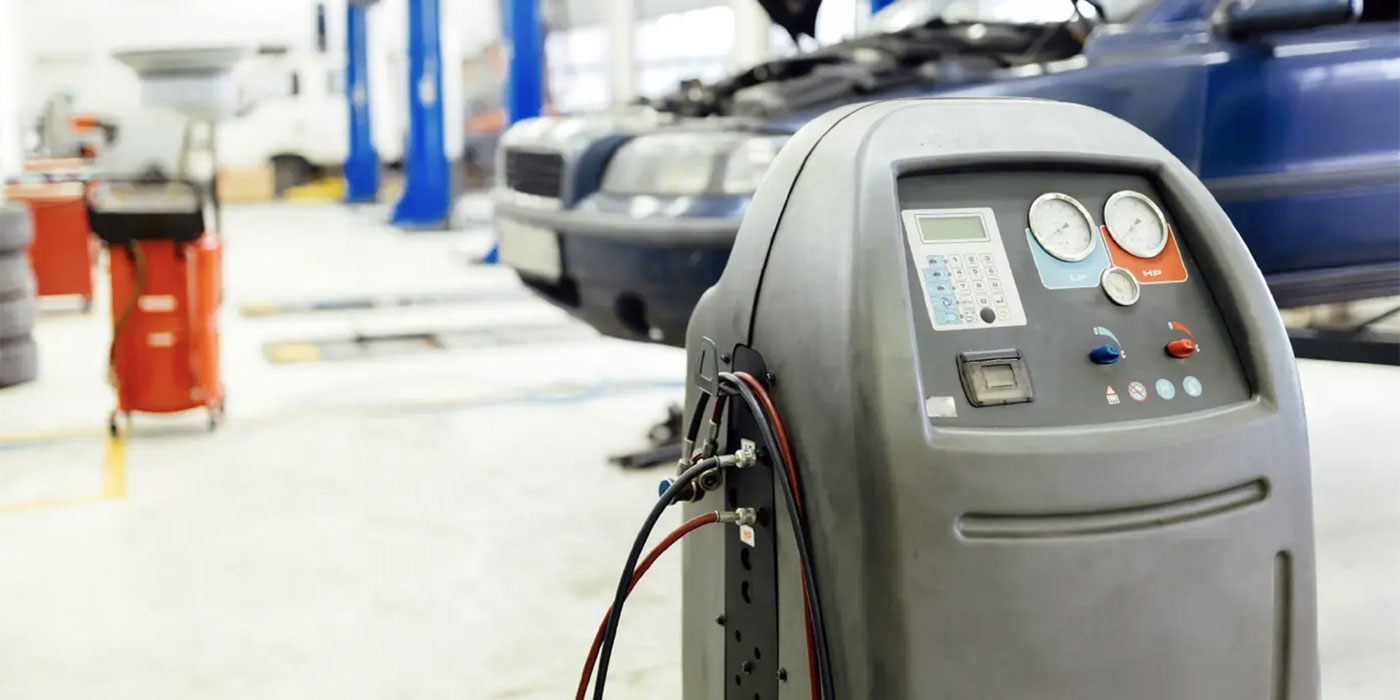 Tire dealers and other auto repair businesses that install remanufactured alternators should make sure to verify that their units are equipped with overrunning alternator decoupler (OAD) pulleys, experts warn.
Tire dealers and other auto repair businesses that install remanufactured alternators should make sure to verify that their units are equipped with overrunning alternator decoupler (OAD) pulleys, experts warn.
OADs are becoming very common as a growing number of late-model vehicles now require this technology.
Installing a non-decoupler pulley on an OAD application can lead to failure of multiple parts within the vehicle’s accessory belt drive system.
OAD decoupler pulleys – also known as isolator decoupler pulleys (IDP) – were developed to enhance engine efficiency and reduce noise and vibration associated with the accessory belt drive. These sophisticated pulleys also enable the alternator to coast freely in cases of sudden belt deceleration.
Applications originally designed to use an OAD decoupler pulley are not compatible with any other pulley design, experts say, including an overrunning alternator pulley (OAP, or “one-way clutch”), and a solid pulley. Use of either of these parts on an OAD application can cause severe belt vibration and premature wear to other components within the belt drive system.
“Even when a one-way clutch or solid pulley might seem to fit in an OAD application, there’s a good chance the vehicle will be back with damage to the bearings in the alternator, water pump, air conditioning compressor and other components being driven by the belt,” said Chuck Pullins, market consultant to OAD supplier Litens Automotive.
Pullins recommends that tire dealers and service shops confirm that their alternator suppliers include genuine OAD decoupler pulleys on all corresponding applications. If the supplier substitutes another technology in place of a OAD decoupler pulley, there is a significantly increased chance of a belt drive system issue.













